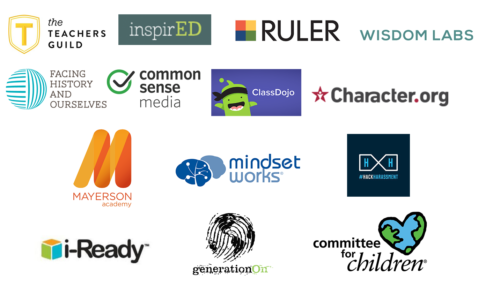As National Bullying Prevention Month comes to a close, Dr. Sue’s Empowerment Initiative Research Team would like to give some helpful bullying prevention and intervention tips for parents and educators who are committed to creating a kinder and braver world for the children in their lives.
The Empowerment Initiative Research Team are a group of professors and graduate students at the University of Nebraska – Lincoln, whose research focuses on identifying and addressing the complex personal, social, and cultural factors underlying bullying behaviors, thereby advancing practical solutions to promote healthy relationships within families, schools and communities.

“We know that kindness and bravery are the keys to stopping bullying.”
Dr. Susan Swearer
As the co-director of the Bullying Research Network (http://brnet.unl.edu), we know many of the reasons why bullying occurs and how we can stop it. So, why is it so hard to actually stop bullying? Part of the reason is that human relationships are complex and bullying is a breakdown of these relationships. Underlying bullying behaviors might be feelings of fear, jealously, insecurity, anger, need for power, and revenge. What if we lived in a world where those emotions were replaced by happiness, sharing, security, and compassion? By focusing on fostering and developing kindness and bravery, we can create a kinder and braver world where bullying doesn’t exist.

“Create a positive school culture”
Ana Damme
School psychologists and school mental health professionals help educators foster positive relationships with youth and their families. Youth who feel like they belong and have a positive perspective of their school have better academic and social-emotional outcomes than youth who are not engaged in school.

“Have a clear definition of bullying”
Allen Garcia
In order to stop bullying, it is important that everyone know what bullying looks like. According to the Centers for Disease Control and Prevention, bullying is defined as intentional and unwanted aggressive behaviors that are repeated over time, or could be repeated in the future (as in cyberbullying) within a relationship where the bully perpetrator has more power than the target. This definition includes three criteria: negative intention, repetition, and power imbalance.
The behaviors in bullying are negative acts with the intent to cause psychological or physical harm. A power imbalance exists since the perpetrator has more power (e.g., older in age, physically larger, popular, smart) than the target and the targets have a difficult time defending themselves from the perpetrator. The repetition over time suggests that the bullying is pervasive and is not just an isolated incident. By having a clear understanding of the bullying definition, everyone can start identifying and stopping bullying once and for all!

“Appearance-based bullying is very real and sometimes goes under the radar – this needs to change!”
Sara Gonzalez
Differing from body image appearance ideals imposed by society, peers, family, or the community one identifies with increases individuals’ risk of psychological maladjustment. The importance associated with reaching those appearance ideals may be predictive of bullying victimization and negative mental health outcomes (i.e., depression, anxiety). Embracing a positive attitude toward your body and truly accepting who you are can be extremely powerful in reducing the harmful effects of appearance-based bullying. You were born this way!
“Do not identif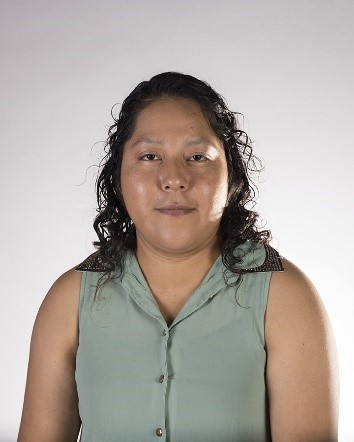 y the child as the problem, the behavior is the problem that we want to change.”
y the child as the problem, the behavior is the problem that we want to change.”
Guadalupe Gutierrez
We make a big mistake when we label children as “bullies” or “victims.” First, these terms are nouns and imply that the behavior cannot be changed. In fact, we need to focus on changing the harmful behavior, not simply labeling the child and levying a punishment. When adults give children labels it is like giving them an identity, which is harder to change. If a child thinks, “I’m the bully,” then he or she might act that way. We want to make sure that youth understand that bullying isn’t okay AND it’s a behavior that can be changed. We want to help them be brave and have the courage to change.
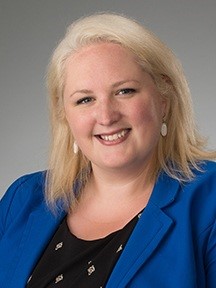 “Parents, if your child tells you they’re being bullied, listen.”
“Parents, if your child tells you they’re being bullied, listen.”
Dr. Meredith Martin
One of the most important things parents can do if they think their child is being victimized is to speak to them about it in an open, loving, and non-judgmental way. The negative impact of victimization can be lessened if youth feel like they can trust and speak openly with their parents. Encourage your child to share their experience and get as much information as you can. Validate their feelings and let them know that it’s not their fault. Then, help your child come up with proactive strategies to solve the problem. If bullying is occurring at school, you might contact a school official or counselor and work with them to support your child. Don’t tell your child to “just get over it,” to ignore it, or to retaliate with aggression. These strategies don’t work and may discourage your child from coming to you in the future.

“Recognize the fluidity of the roles in bullying situations”
Katie Mosher
When we think about bullying we often think about it in terms of three separate fixed roles (i.e., bullies, victims, and bystanders). However, most individuals move in and out of these roles over time. For example, a young person could be bullied in 6th grade and then could bully others in 7th grade. Bullying is a developmental process and it is even possible to be all three roles during the same time.

“Know how to protect your children from cyberbullying”
Zach Myers
Cyberbullying is a unique form of bullying that many youth and young adults can experience. Just like face-to-face bullying, such as physical and verbal bullying, cyberbullying negatively impacts all of the individuals involved. In addition, research has found that individuals who are victimized through cyberbullying are also likely being victimized in-person as well. However, there are steps that you can take if you are cyberbullied or read posts of others being cyberbullied. Unlike face-to-face bullying, cyberbullying leaves a trace, such as through posts, messages, and pictures/videos. It is important to save the evidence! Screenshot and save mean messages or posts before they are deleted. In addition, be aware of the functions various social media sites provide users. If you or someone else is cyberbullied, many sites allow you to report and remove harassing messages. Check your site’s privacy settings and account functions for more information. Lastly, just like traditional bullying, it is important that cyberbullying is reported to an adult. If you see or experience cyberbullying, it is important that you share this with your parents, teachers, and/or other trusted adults. For more information, please check out: www.hackharassment.com and www.facebook.com/help. There are resources to help stop cyberbullying and cyberharassment!

“Adult supervision can decrease incidents of bullying perpetration”
Alia Noetzel
Bullying often occurs when there is decreased adult supervision. Knowing this, increasing adult supervision in hallways or during recess time can decrease bulling behaviors. It is also important that individuals supervising during these times are able to recognize that bullying behaviors can be verbal, physical, relational, and electronic. Often, the forms of bullying co-occur, so adults need to be vigilant to this complexity in order to respond effectively and consistently.

“Foster an environment for your child/students where open conversation about bullying can happen”
Raul Palacios
Bullying perpetration appears differently across age, gender, and culture. Creating an environment where children/students can openly talk about bullying can help create a better understanding of what bullying is and what it isn’t. A great way to help increase students’ ability to take another perspective and to generate discussion, is through storytelling. The Empowerment Initiative website has an extensive list of books about bullying for children and adults (http://empowerment.unl.edu/resources/Books/). Discussions produced from stories can also enable children/students to generate their own positive interventions to address bullying situations that they may have seen or may encounter in the future.

“Recognize that there are multiple ways in which youth may be victimized, some more covert than others.”
Shir Palmon
Bullying is often thought of as the big, mean kid who takes smaller kids’ lunch money. However, bullying can also be verbal (i.e., saying mean things), social (i.e., excluding someone from a group), and cyber (i.e., posting mean things about someone online) in addition to the physical bullying that is more easily noticed (i.e., hitting or kicking someone).

“Not everyone reacts to being bullied in the same way”
Dr. Hideo Suzuki
Peer victimization is a threat to emotional well-being in children. We know that peer victimization can lead to the development of emotional problems, such as anxiety and depression, from preschool to adulthood. The risk for developing a depressive disorder occurs for both girls and boys before puberty; however after puberty, girls are at greater risk. Thus, peer victimization can influence the development of serious mental health problems, regardless of age and gender. Understanding that peer victimization is a developmental issue that differentially impacts boys and girls suggests that effective bullying prevention and intervention efforts must take into account developmental and gender differences.

“Bullying takes on many different forms”
Cody Solesbee
@codysolesbee
There is a misconception in the mainstream media that bullying only consists of acts of physical aggression as depicted in movies like A Christmas Story or relational aggression as depicted in movies like Mean Girls. In fact, bullying takes on many different forms, including verbal taunts and threats, social exclusion, humiliation, rumor spreading, electronic bullying, verbal and social bullying among gamers, and physical harm. We also know that students do not just engage in “one” form of bullying, rather, someone who bullies others will most likely use multiple forms.
Typically, adults rely on youth to report bullying, especially when the acts themselves occur in under-supervised areas. Thus, teachers, administrators, and other school personnel should work diligently to foster an environment of open and honest communication with students. Classrooms in which students are more willing to report bullying are characterized by less victimization and higher positive classroom climate. In addition, students are more likely to report bullying when they believe teachers will actively respond. School personnel are an important key to the prevention and intervention of bullying and these strategies should help foster a safer, kinder environment.
If you would like more information about bullying prevention and intervention, our researchers, and our research projects, please visit the Empowerment Initiative website at http://empowerment.unl.edu/. You can also follow the Empowerment Initiative on Facebook, Twitter and on Instagram.

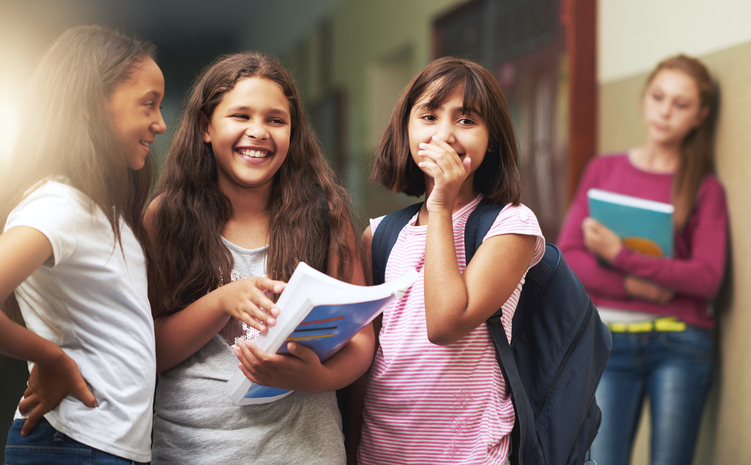



 You can pre-order her in the United States here:
You can pre-order her in the United States here: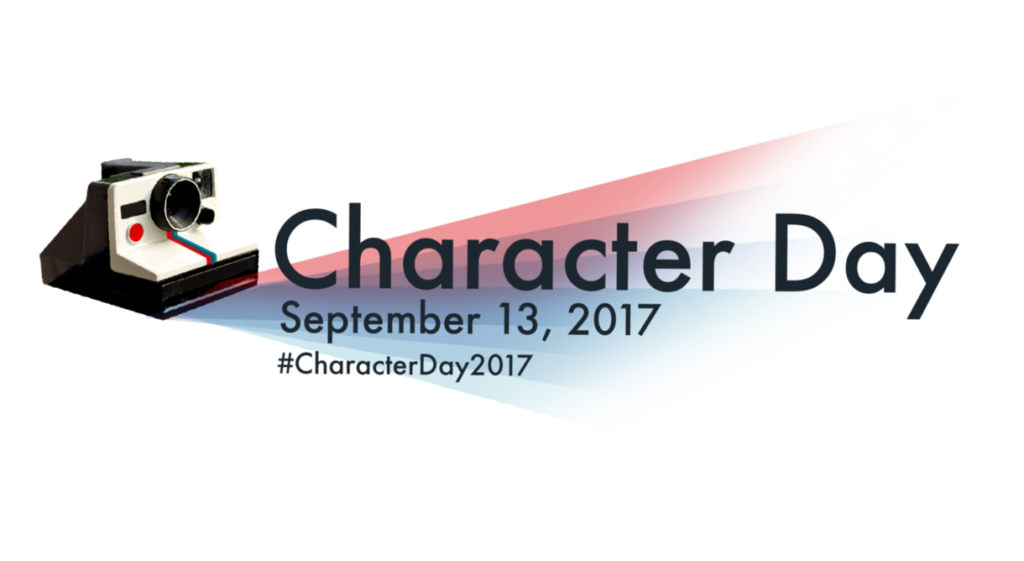
 On September 22, 2016 over 90,000 groups in 124 countries and all 50 states participated in the third annual Character Day – a free day and global initiative where school districts, organizations, families, and congregations of all sizes screened films on the science of character development from different perspectives, dove into free printed discussion materials catered to different ages, and joined an online global conversation around the importance of developing character strengths (resilience, grit, empathy, courage, kindness)–all rooted in evidence-based research. Character Day is one day. The resources are available year-round.
On September 22, 2016 over 90,000 groups in 124 countries and all 50 states participated in the third annual Character Day – a free day and global initiative where school districts, organizations, families, and congregations of all sizes screened films on the science of character development from different perspectives, dove into free printed discussion materials catered to different ages, and joined an online global conversation around the importance of developing character strengths (resilience, grit, empathy, courage, kindness)–all rooted in evidence-based research. Character Day is one day. The resources are available year-round.